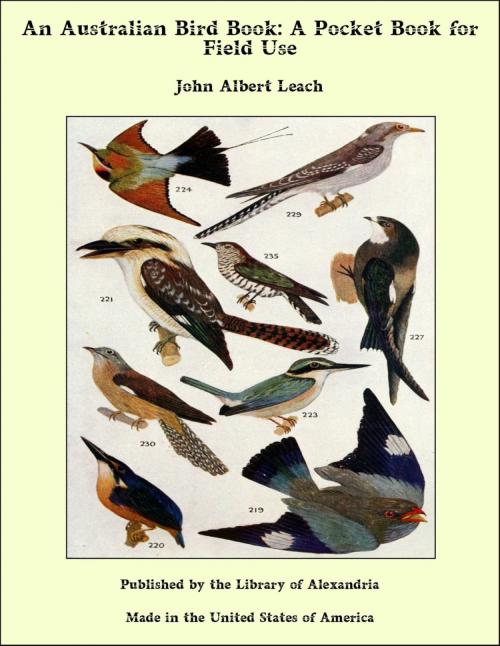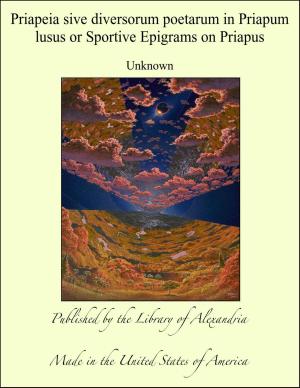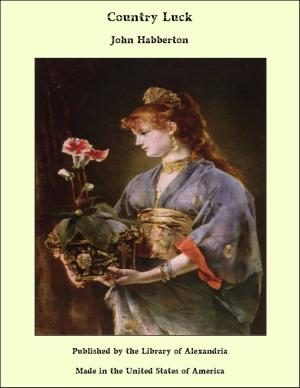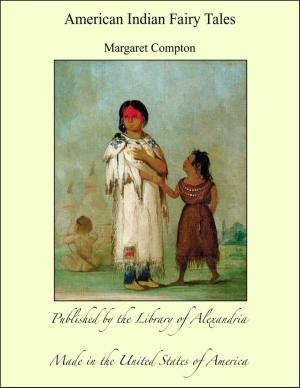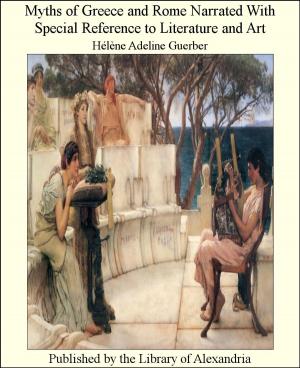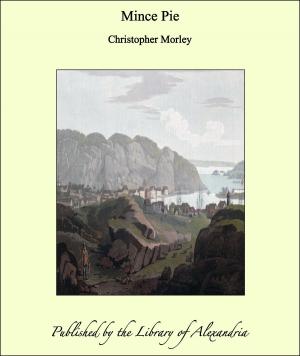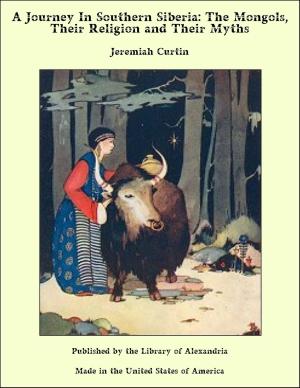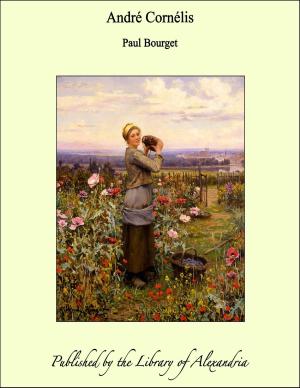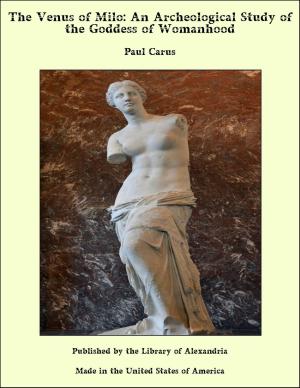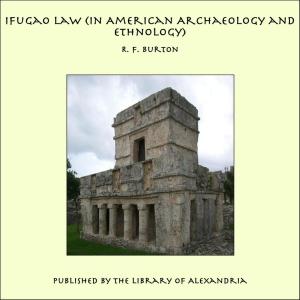An Australian Bird Book: A Pocket Book for Field Use
Nonfiction, Religion & Spirituality, New Age, History, Fiction & Literature| Author: | John Albert Leach | ISBN: | 9781465618283 |
| Publisher: | Library of Alexandria | Publication: | March 8, 2015 |
| Imprint: | Language: | English |
| Author: | John Albert Leach |
| ISBN: | 9781465618283 |
| Publisher: | Library of Alexandria |
| Publication: | March 8, 2015 |
| Imprint: | |
| Language: | English |
Nature-study in our schools is fast producing a generation of Australians trained to look upon the characteristic beauties of our Australian skies, our trees, our flowers, our birds with a passionate appreciation almost unknown to our pioneering fathers and mothers. It was natural that newcomers from the Old World should have been impressed, and often unfavorably impressed, by the oddness of things here. Rural sights to them had hitherto been sights of trim meadows bordered by neat hedgerows, of well-cultivated fields and comfortable farmsteads, or of stately homes set in fair gardens and far-reaching parks of magnificently-spreading trees. What wonder, then, that they were at first almost repelled by the strangeness and unfamiliarity of their new surroundings! How could eyes accustomed to the decided greens and to the somewhat monotonous shapeliness of the trees in an English summer landscape find beauty all at once in the delicate, elusive tints of the gum trees, or in the wonderfully decorative lines of their scanty boughs and light foliage shown clear against a bright sky? And so a land which is eminently a land of color, where the ever-present eucalypts give in their leaves every shade from blue-grays to darkest greens; where the tender shoots show brilliantly in bright crimson, or duller russets, or bright coppery-gold; and where tall, slender stems change slowly through a harmony of salmon-pinks and pearl-grays, has been called a drab-colored land. Even now, the beauty of the gum tree is not sufficiently appreciated by Australians, and we see all too few specimens in our suburban gardens. For an appreciation of the decorative effect of our young blue gums, we must go to the Riviera or to English conservatories. Australia has suffered greatly from phrase-makers. There is still much popular belief that our trees are shadeless, our rivers are waterless, our flowers are scentless, our birds are songless. Oddities in our flora and fauna have attracted the notice of superficial observers, and a preference for epigrammatic perfection, rather than for truthful generalization, has produced an abundance of neatly-expressed half-truths, which have been copied into popular literature, and even into school books.
Nature-study in our schools is fast producing a generation of Australians trained to look upon the characteristic beauties of our Australian skies, our trees, our flowers, our birds with a passionate appreciation almost unknown to our pioneering fathers and mothers. It was natural that newcomers from the Old World should have been impressed, and often unfavorably impressed, by the oddness of things here. Rural sights to them had hitherto been sights of trim meadows bordered by neat hedgerows, of well-cultivated fields and comfortable farmsteads, or of stately homes set in fair gardens and far-reaching parks of magnificently-spreading trees. What wonder, then, that they were at first almost repelled by the strangeness and unfamiliarity of their new surroundings! How could eyes accustomed to the decided greens and to the somewhat monotonous shapeliness of the trees in an English summer landscape find beauty all at once in the delicate, elusive tints of the gum trees, or in the wonderfully decorative lines of their scanty boughs and light foliage shown clear against a bright sky? And so a land which is eminently a land of color, where the ever-present eucalypts give in their leaves every shade from blue-grays to darkest greens; where the tender shoots show brilliantly in bright crimson, or duller russets, or bright coppery-gold; and where tall, slender stems change slowly through a harmony of salmon-pinks and pearl-grays, has been called a drab-colored land. Even now, the beauty of the gum tree is not sufficiently appreciated by Australians, and we see all too few specimens in our suburban gardens. For an appreciation of the decorative effect of our young blue gums, we must go to the Riviera or to English conservatories. Australia has suffered greatly from phrase-makers. There is still much popular belief that our trees are shadeless, our rivers are waterless, our flowers are scentless, our birds are songless. Oddities in our flora and fauna have attracted the notice of superficial observers, and a preference for epigrammatic perfection, rather than for truthful generalization, has produced an abundance of neatly-expressed half-truths, which have been copied into popular literature, and even into school books.
